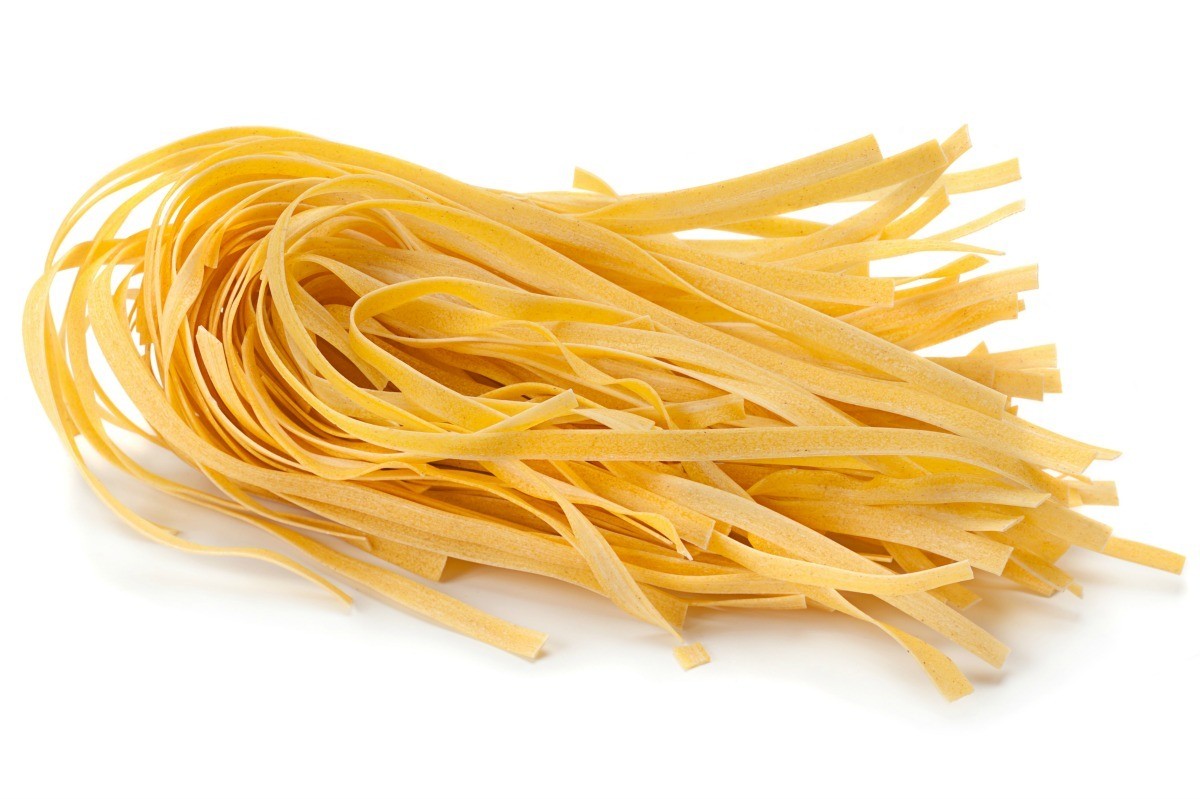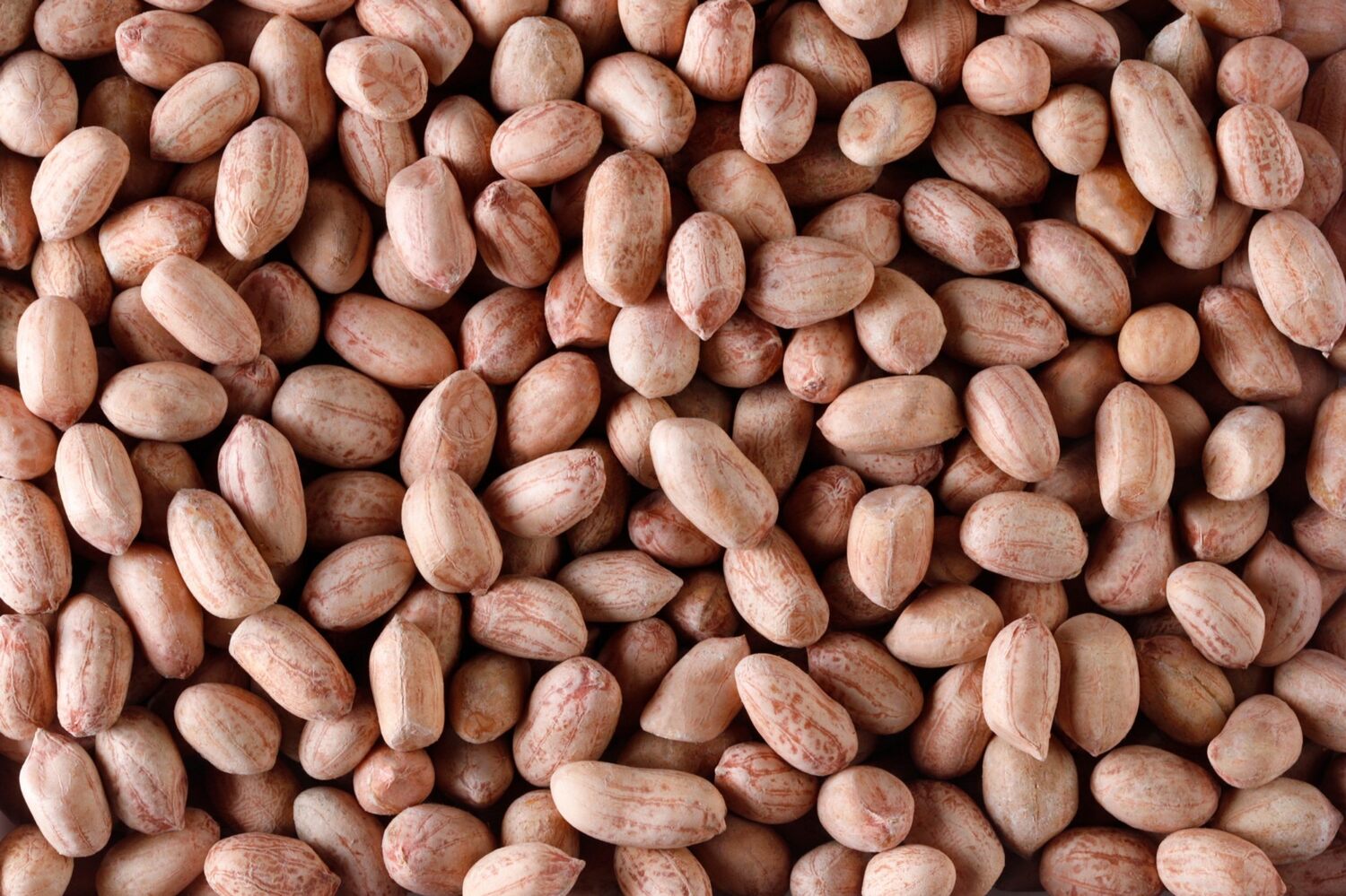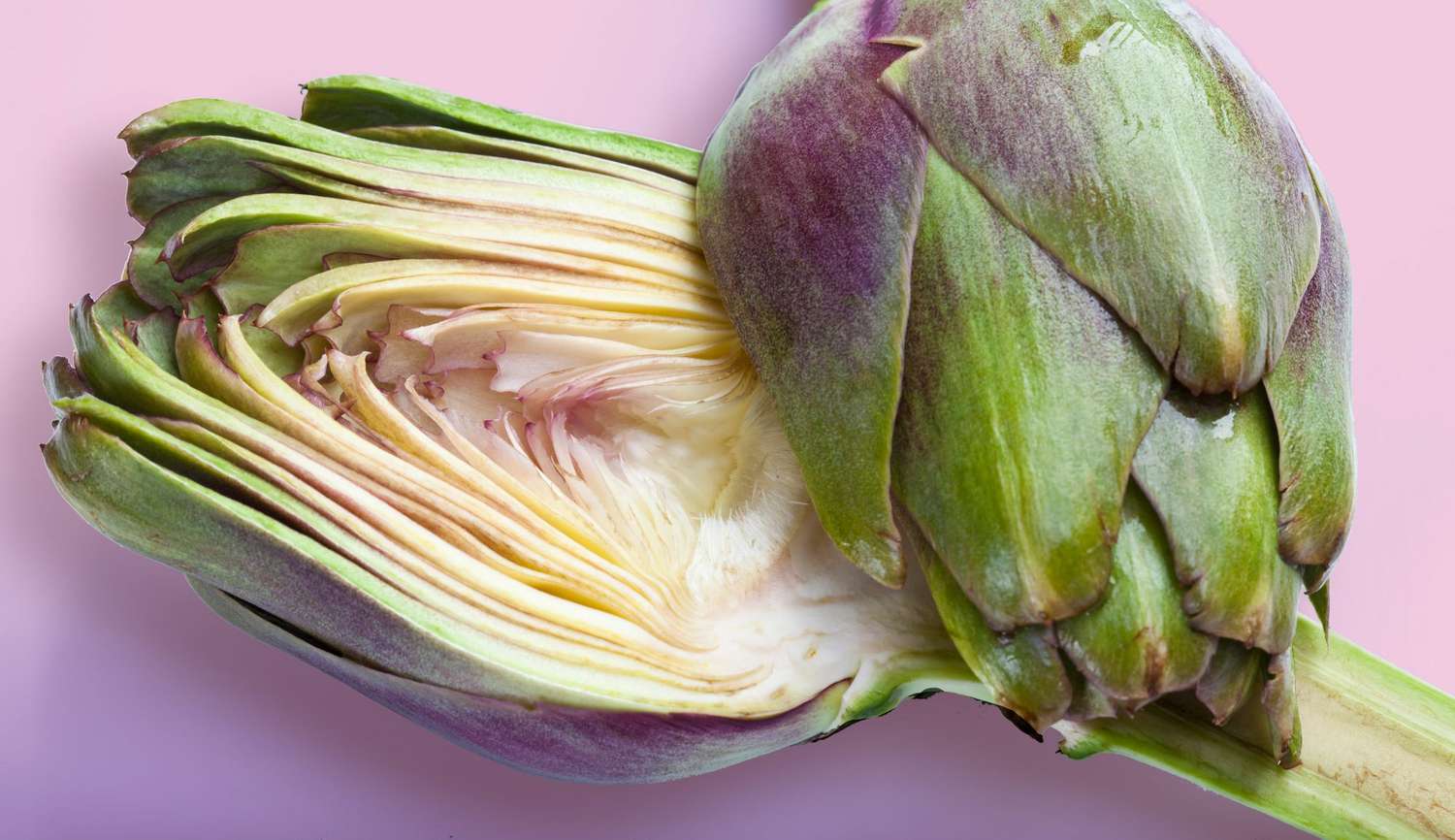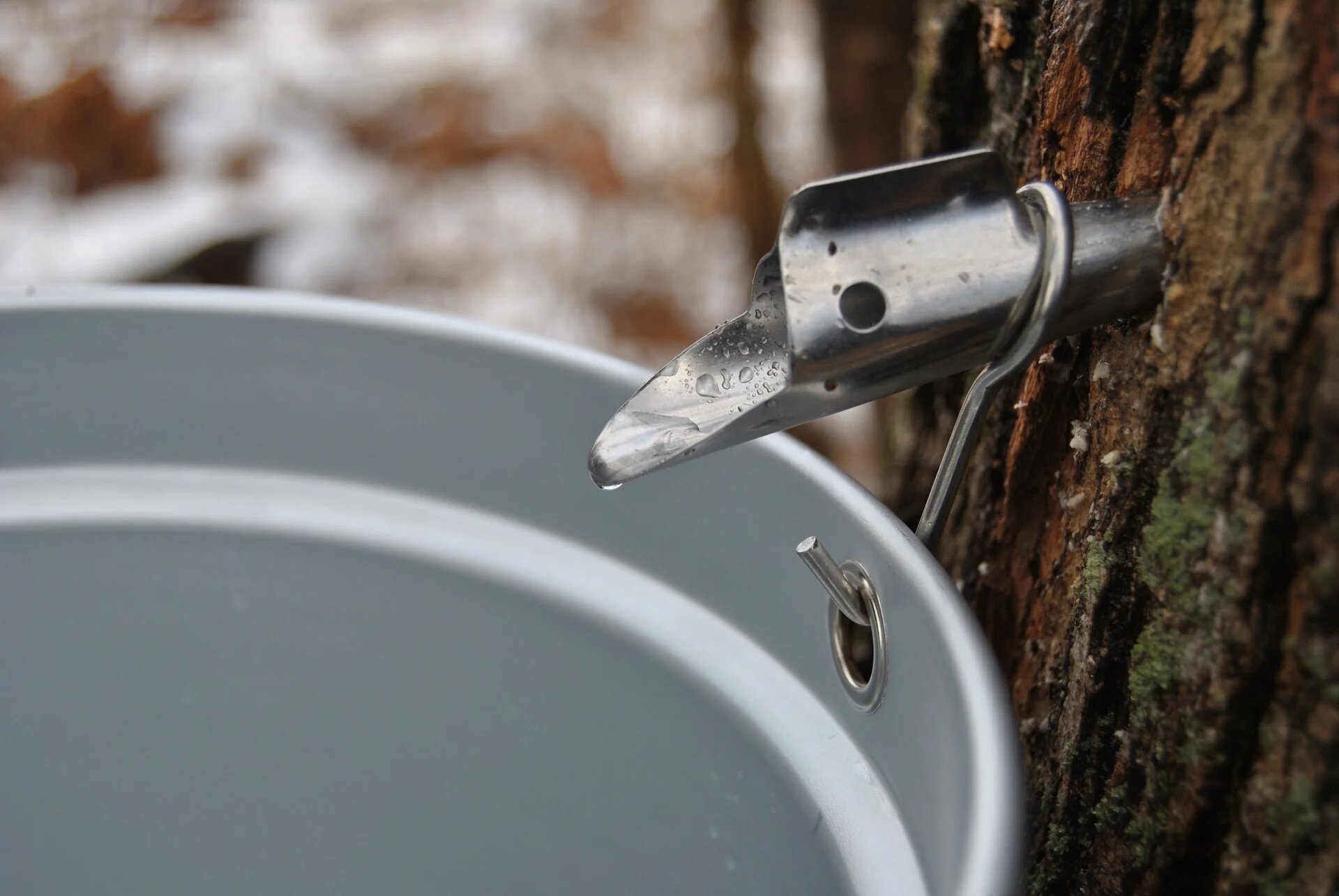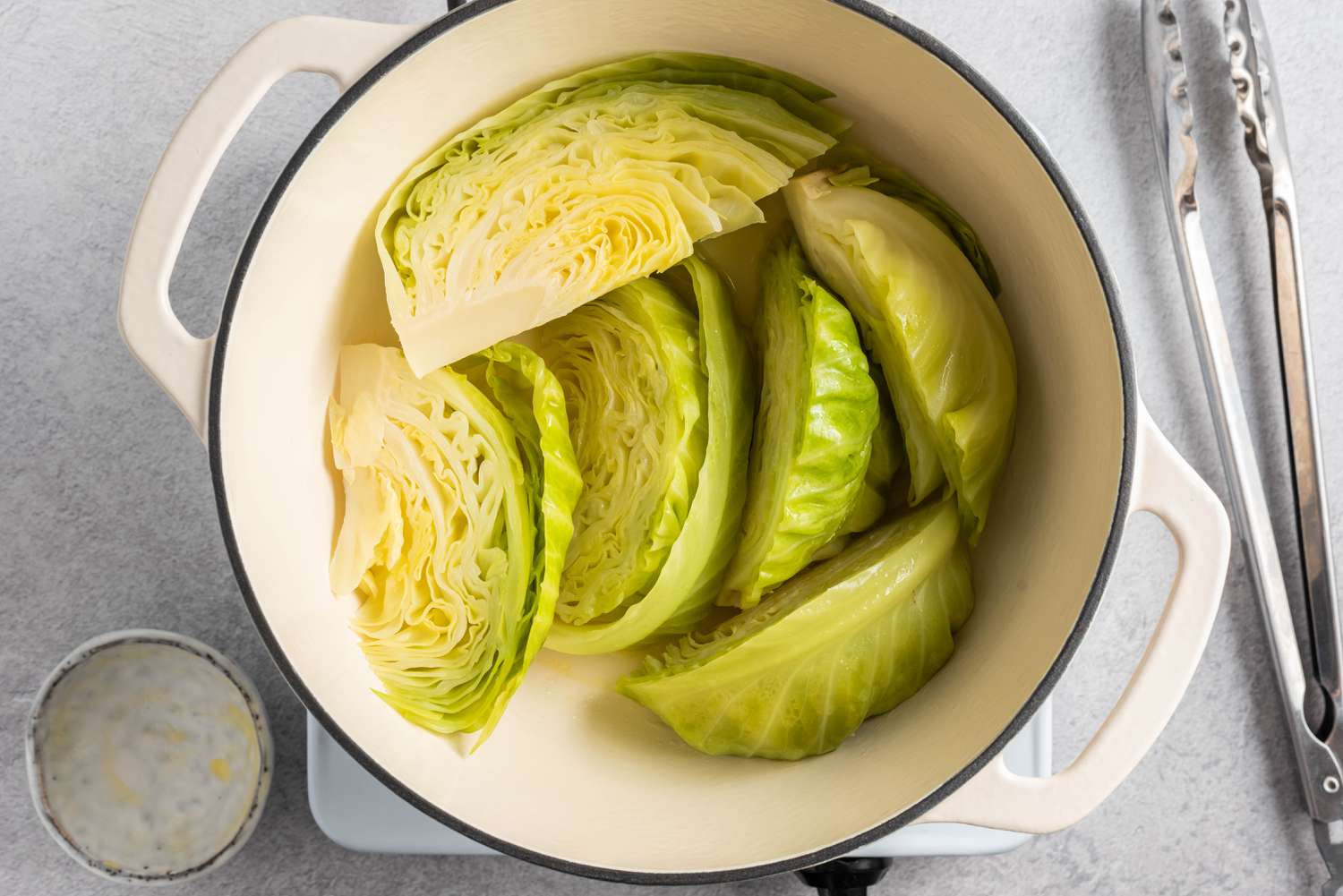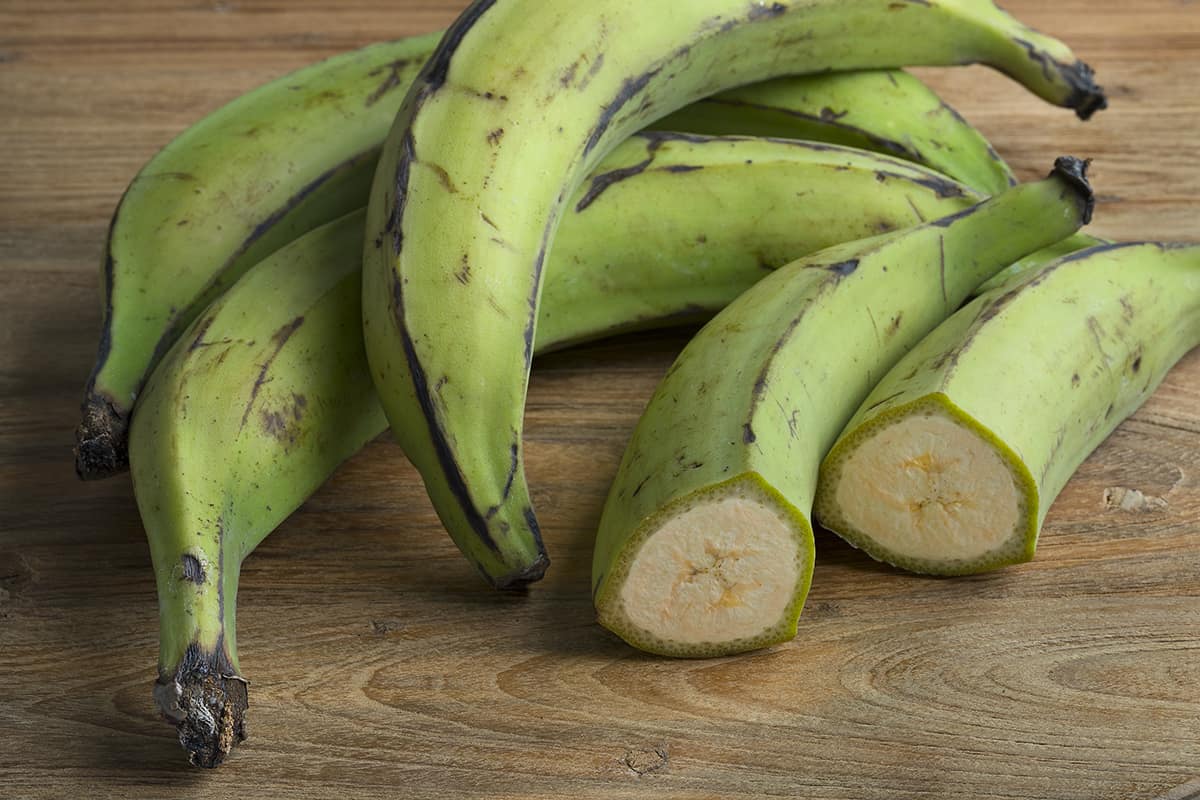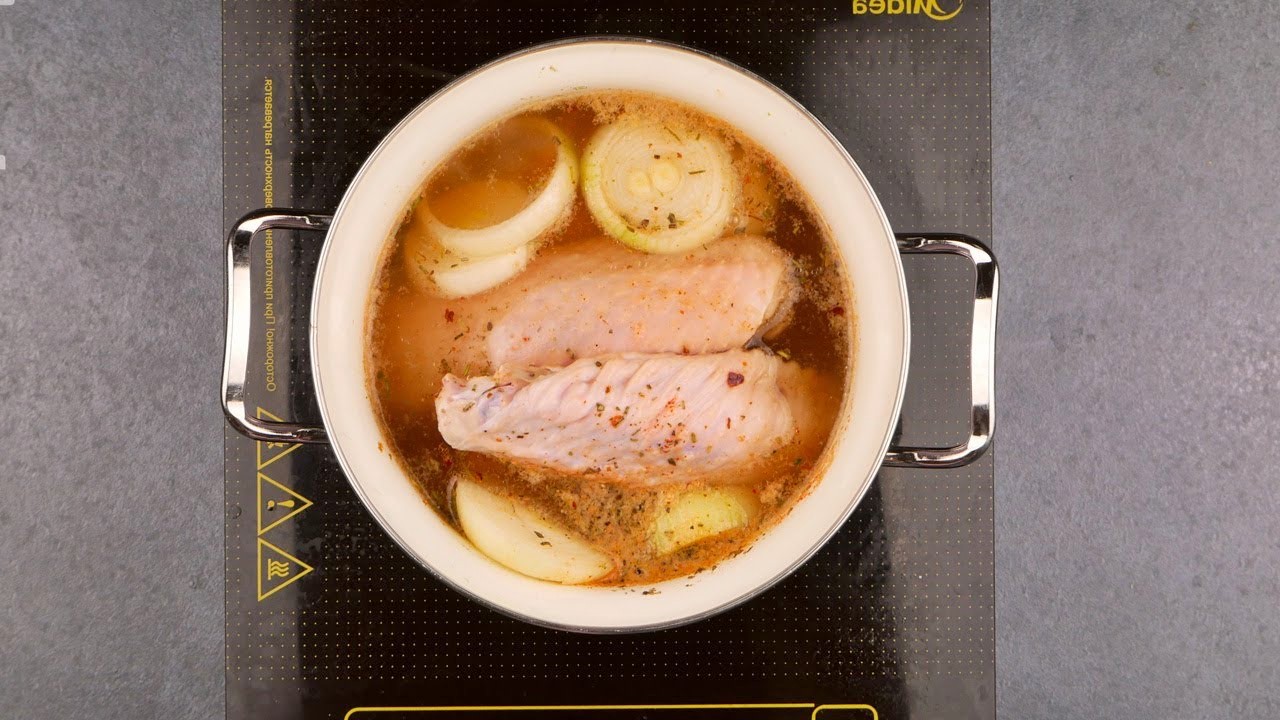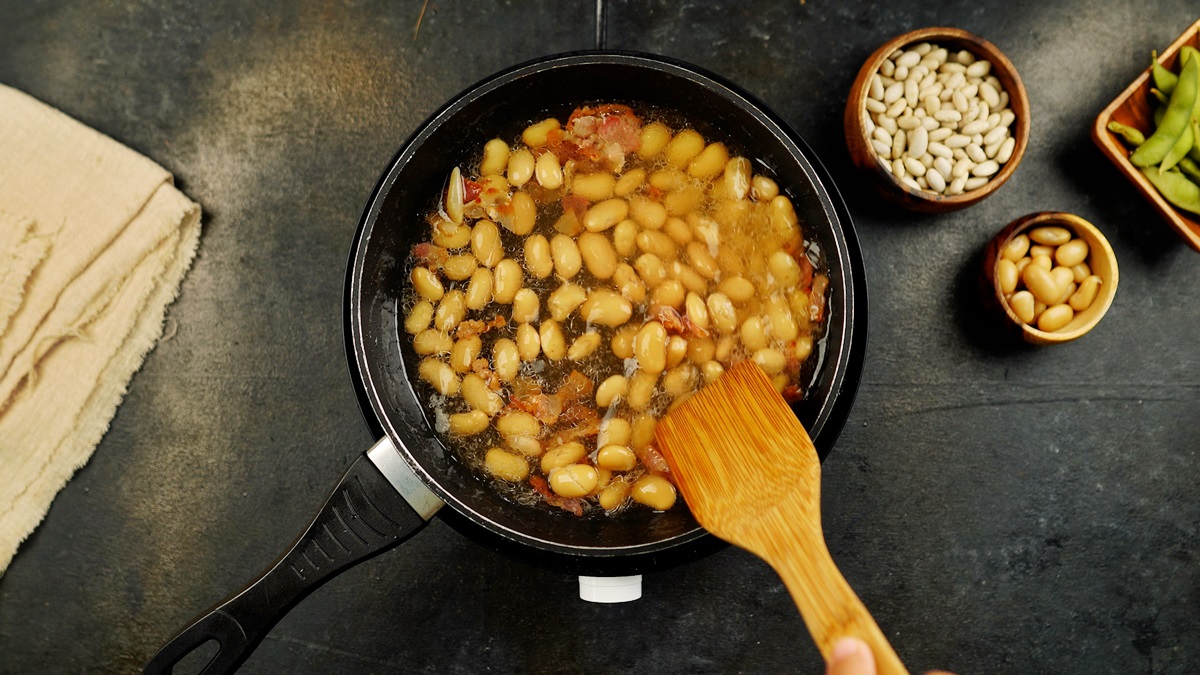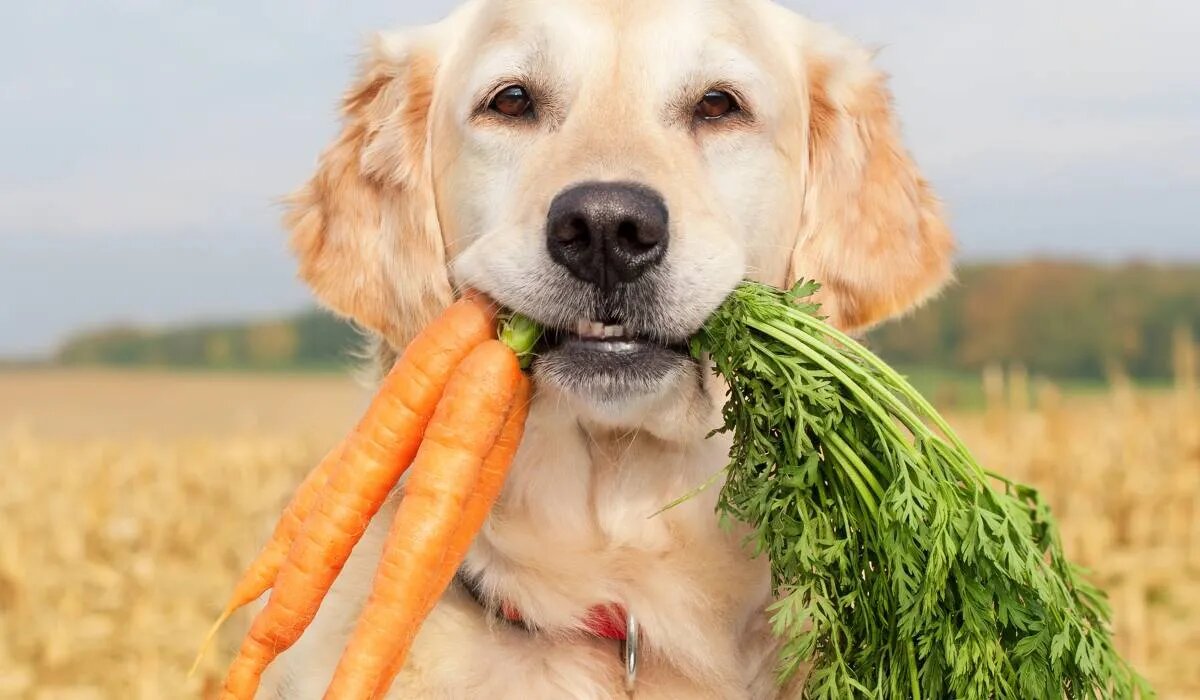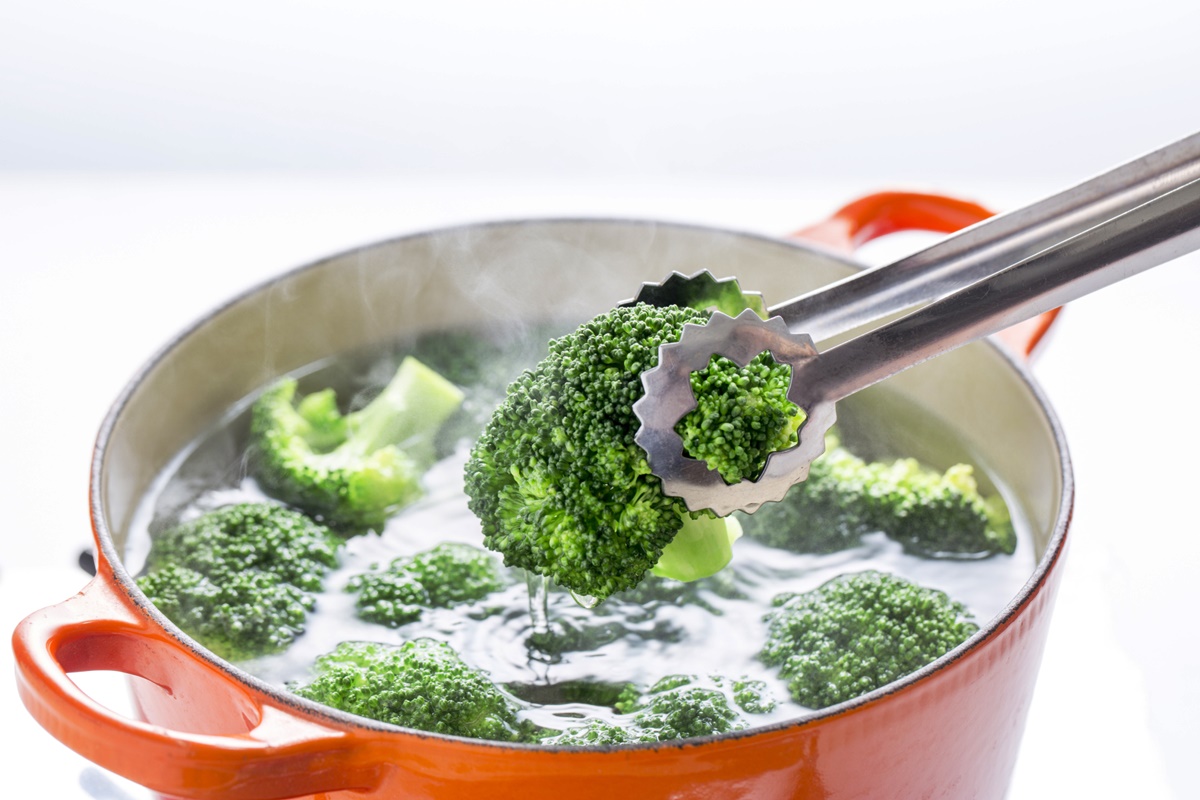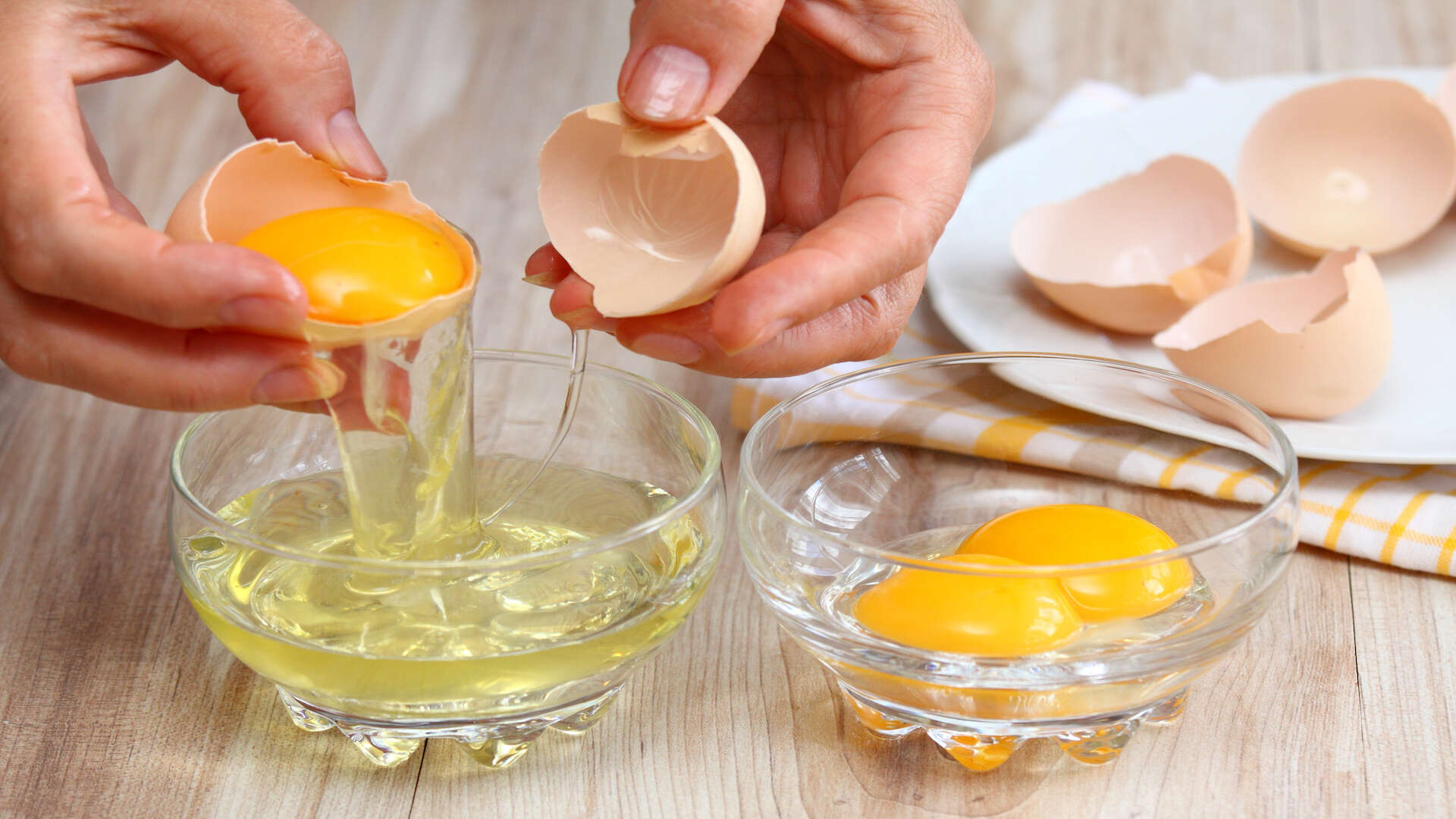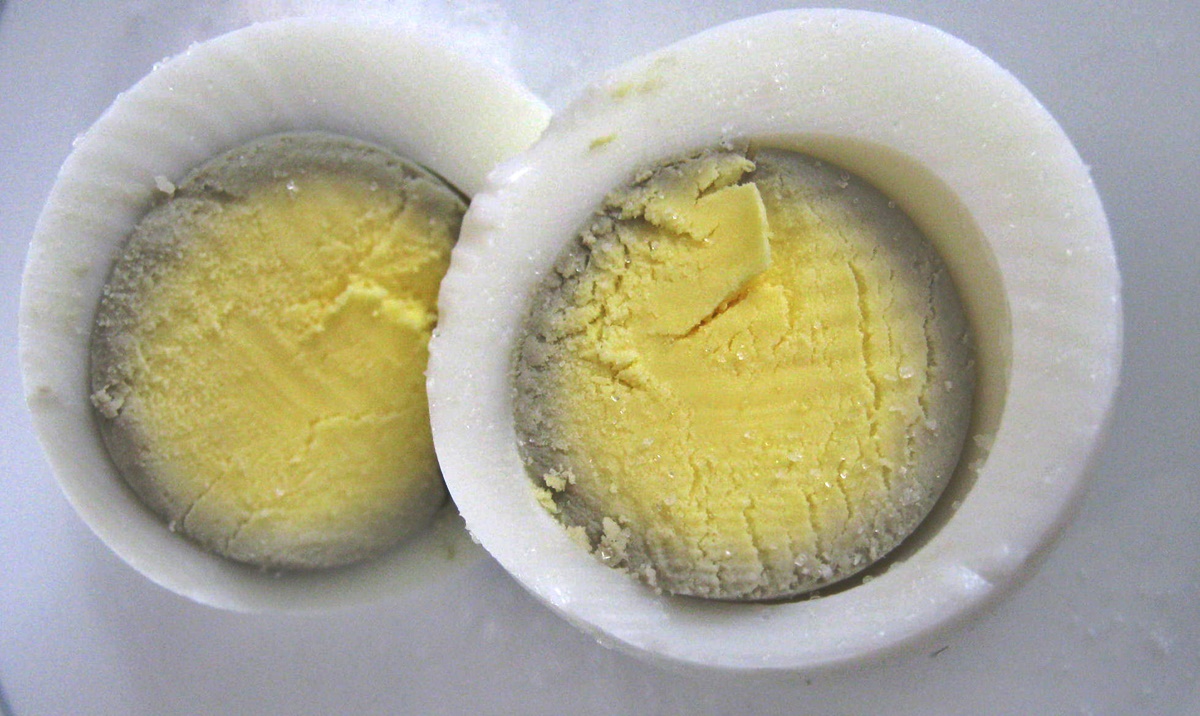How To Boil Chicken Drumsticks: A Foolproof Guide
If you’re a fan of succulent and tender chicken drumsticks, boiling them to perfection is the way to go. Boiling chicken drumsticks not only ensures that they are fully cooked and safe to eat but also helps to retain their juicy flavors. In this step-by-step guide, we’ll walk you through the process of boiling chicken drumsticks to achieve delicious results every time.
What You’ll Need
- Chicken drumsticks
- Water
- Salt
- Pepper
- Optional: Herbs and spices of your choice
Step-by-Step Instructions to Boil Chicken Drumsticks
- Start by cleaning the chicken drumsticks thoroughly under cold running water. Pat them dry using paper towels.
- In a large pot, add enough water to fully submerge the chicken drumsticks. Season the water with a generous amount of salt and pepper. You can also add your favorite herbs and spices to enhance the flavor.
- Bring the water to a gentle boil over medium heat. Once it starts boiling, carefully add the chicken drumsticks to the pot.
- Reduce the heat to low and let the drumsticks simmer for about 30-40 minutes. The exact cooking time may vary depending on the size of the drumsticks.
- To ensure that the chicken drumsticks are fully cooked, use a meat thermometer to check the internal temperature. It should register at least 165°F (74°C).
- Once the drumsticks are cooked, remove them from the pot using tongs and place them on a plate lined with paper towels. This will help absorb any excess moisture.
- Let the chicken drumsticks rest for a few minutes before serving. This allows the juices to redistribute and ensures a moist and flavorful bite.
Enjoy Your Boiled Chicken Drumsticks!
Once your chicken drumsticks have rested, they are ready to be enjoyed. You can serve them as is or pair them with your favorite side dishes. Whether you prefer them dipped in a tangy barbecue sauce or served alongside a fresh salad, boiled drumsticks make for a versatile and delicious meal.
Remember, boiling is a simple cooking method that is ideal for those looking for a healthier alternative to frying. It helps to retain the natural flavors of the chicken while keeping it moist and tender.
So, next time you’re craving chicken drumsticks, give boiling a try. Follow this foolproof guide, and you’ll have perfectly cooked drumsticks that will impress your family and friends. Happy cooking!
Was this page helpful?
Read Next: How To Boil Asparagus On Stove
